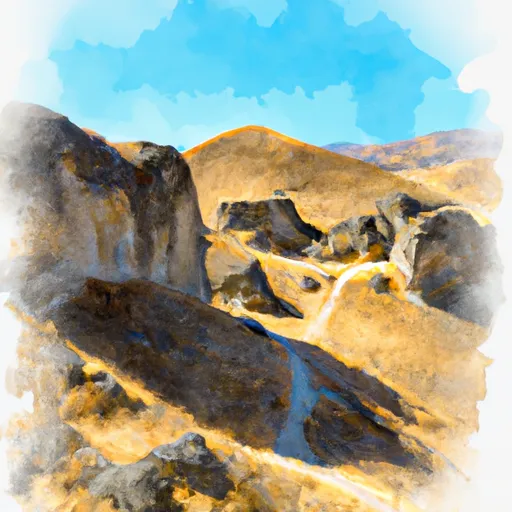°F
°F
mph
Windspeed
%
Humidity











Howe, Idaho is a small unincorporated community located in Butte County. Situated in the western part of the state, Howe experiences a semi-arid climate with hot summers and cold winters. Summers are typically dry with temperatures averaging in the high 80s to low 90s Fahrenheit, while winters are cold with temperatures dropping below freezing and occasional snowfall.
Hydrology constituents in Howe are influenced by the Little Lost River, which flows nearby. This river supports diverse aquatic life and provides water resources for irrigation and recreational activities.
Despite its small size, Howe offers plenty of outdoor recreation opportunities. The surrounding area is renowned for its stunning landscapes, making it a haven for hikers, campers, and nature enthusiasts. Outdoor enthusiasts can explore the nearby Salmon-Challis National Forest, which boasts numerous trails for hiking, biking, and horseback riding. Wildlife watching is also popular, with opportunities to spot deer, elk, and various bird species. Fishing enthusiasts can try their luck in the Little Lost River, which is known for its trout population.
In summary, Howe, Idaho offers a semi-arid climate, a hydrology influenced by the Little Lost River, and a variety of outdoor recreation opportunities such as hiking, camping, wildlife watching, and fishing.
Weather Forecast
Howe receives approximately 219mm of rain per year, with humidity levels near 64% and air temperatures averaging around 6°C. Howe has a plant hardyness factor of 5, meaning plants and agriculture in this region thrive during a short period during spring and early summer. Most plants will die off during the colder winter months.
Regional Streamflow Levels
41
Cubic Feet Per Second
19
Cubic Feet Per Second
2,340
Cubic Feet Per Second
60
Cubic Feet Per Second
Nearby Camping
| Camping Area | Reservations | Toilets | Showers |
|---|---|---|---|
| Birch Creek |



